#Episode1 INSECT FARMING: Producing Edible, Nutritious, Medicinal Insects’ Product for Human Consumption.
Hello Steemians;
I decided to go into the biological/agricultural aspect of science. I remember I was inspired by two things which brought me to this topic. On Saturday 21st of April, 2018 a heavy rain hit the city of Abeokuta, Ogun State, Nigeria some minutes after 19:00 but came to a stop not quite long.
Then around 21:00 we observed that some flies were just everywhere but they were attracted more to light. A guy from my hostel suggested we hunt a large number of the flies, I remember he called the insects “esùsú” with a Yoruba (Nigerian) dialect and we agreed with his plan to hunt the flies down because he convinced us the flies are edible and nutritious at the same time so we set this trap made with a big bowl of water for them to fall in.
You’d observe I’ve been calling the insect we hunted that night “fly” but they are actually winged termites, didn’t know that until Monday 24th of April, 2018.
The other thing that inspired me was a picture @mobbs shared on Sunday 22nd of April, 2018 about “A Chinese farm breeding 6 billion cockroaches a year for medicine” on the general chats channel via the Steemstem discord channel and I was like wow, the cockroach we so much hate is actually used to make useful medicines. So, I decided to go do some research on edible insects and their nutritional value.
On this particular episode we’re going to go into the in and out of bee farming.
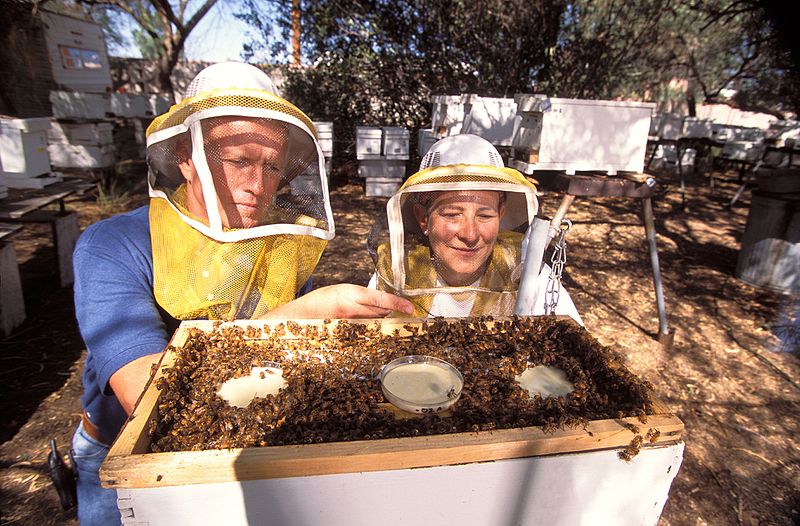
BEE KEEPERS from Wikimedia
What are bees?
Before we go into the basics of Beekeeping, to be a successful Beekeeper, you have to learn as much as you can about bees.
Bees are flying insects known for their role in pollination and the production of honey and beeswax.
Bees are from the family Apoidea and are presently considered a clade, called Anthophila.
Bees are known for feeding on nectar and pollen. Most pollens are used as food for the larvae.
Bees have a pair of large compound eyes which also covers a large surface of its head. When observed, above and in between the large compound eyes are three small simple eyes (ocelli) which provides information to the bee on light intensity. The antennae usually have twelve segments in females and thirteen segments in males and are geniculate. Bee houses a large number of sense organs (called the mechanoreceptors) that can detect touch, taste and smell, and small mechanoreceptors that can detect air movement so as to “hear” sounds. The mouthparts are known for sucking and chewing and they possess a pair of mandibles and a long proboscis for sucking up nectar.
Beekeeping/Bee Farming (apiculture) is the maintenance of the honey bee colonies in artificial man-made hives for the purpose of the production of the honey and other products that can be gotten from the bee. An Apiarist (Beekeeper) keeps bees in order to get their honey and other products produced by the hive (which includes the beeswax, propolis, flower pollen, bee pollen and royal jelly) for the pollination of crops or for the production of bees for sell to other beekeepers. The location at which bee hives are located is an apiary or bee yard.
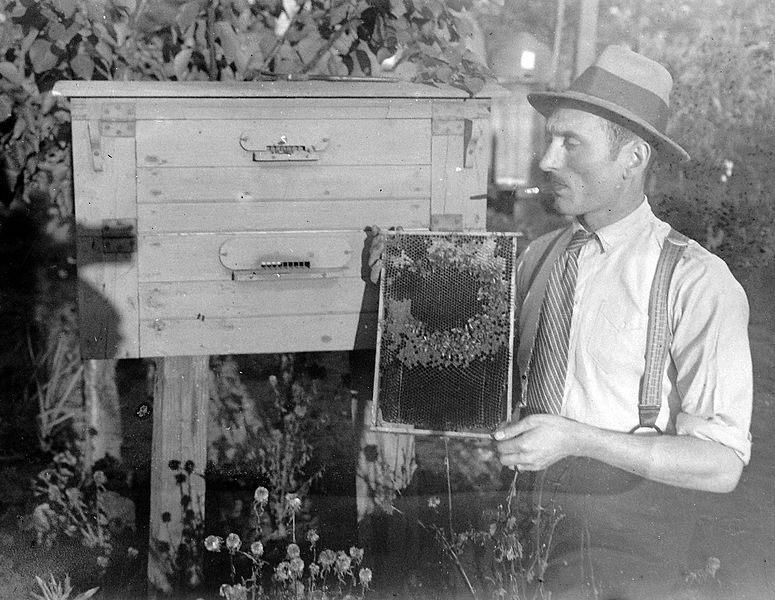
HISTORY OF BEEKEEPING from Wikimedia under CC3.0 License
Beekeeping was traced to have existed about 10,000 years ago. Human beings at some point in time tried to domesticate wild bees in artificial hives made from hollow logs, wooden boxes, wooden straw baskets and pottery vessels. Beeswax traces are found in pot shards throughout the Middle East about 7000 B.C.
In Egypt, honeybees were kept for antiquity. Workers are depicted blowing smoke into hives as they are removing honeycombs on the walls of the sun temple of Nyuserre Ini from the Fifth Dynasty, before 2422 B.C.E. Also, inscriptions detailing the production of honey are found on the tomb of Pabasa from the Twenty-sixth Dynasty (650 B.C.E), it depicts the pouring of honey in jars and cylindrical hives. In the grave goods of pharaohs such as Tutankhamun, sealed pots of honey we found.
Ancient China also practiced Beekeeping since antiquity. In a book named “Golden Rules of Business Success” written by Tao Zhu Gong during the Spring and Autumn period, some sections are found to be emphasising the importance of the quality of the wooden box used and how this can affect the quality of the honey produced.
The bee colony consists of three castes which are;
°The Queen Bee
°The Worker Bee
°The Drones
The Queen Bee:
They are the only reproductive females in the colony and all the female worker bees and the male drones are its offspring. The queen has a life cycle of up to three years and may be capable of laying half a million eggs or more in her lifetime. However, a prolific queen bee at the peak of her breeding period might lay a sum of 2000 eggs a day while an average queen might lay 1500 eggs a day.
The queen bee is developed from a normal female worker egg, but it is fed a larger amount of royal jelly than a normal worker bee, and this will result in a radically different growth and metamorphosis. The queen produces some queen substances in which one of these chemicals are responsible for the suppression of development of ovaries in all the female worker bees in the hive, preventing them from laying eggs.
The Worker Bee:
The female worker bees are the highest in population in any hive. The lifespan of a female worker bee may be as short as 6 weeks at the peak of summer when the activities in the hive is intense and work goes on non-stop. The lifespan of the worker bee in the late autumn may be up to 16 weeks when no nectar is being harvested and no brood is being raised.
The worker bees’ duties as dictated by age is shown on the table below;
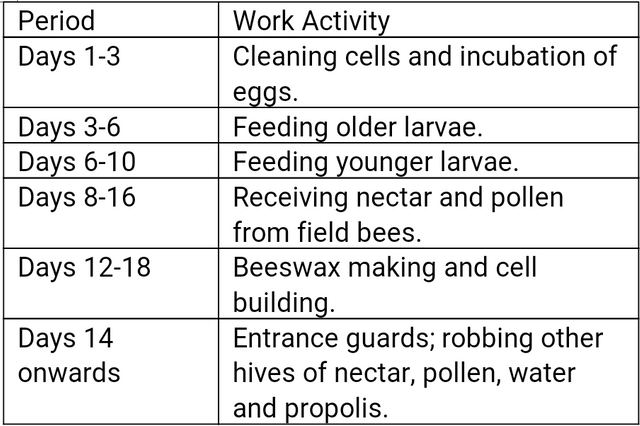
Image created by me, @h-max.
The Drones:
The drones are the largest bees in the colony except from the queen, they are almost twice the size of a worker bee. They possess larger eyes than the workers have. It is presumed that these eyes are used to locate the queen during the mating flight. The drones do not work and are also unable to sting but are known for one function, and that is mate with new queens and fertilize them on their mating flights. The drones are raised in a bee colony few weeks before building queen cells so that they can supersede a falling queen and get ready for swarming. The drones are driven out of the hive by bees in colder climates when the queen-raising period is over, and left to die, biting and tearing their wings and legs.
1. BEE HIVE:
The beehive is a very important equipment to keep in mind when practising Apiculture. It is an artificial housing equipment for keeping bees. It’s mostly wooden and some are plastic.
2. BEEKEEPING SMOKER:
The smoker is the most used and most iconic tools used in beekeeping. Smoke acts as a buffer to the pheromone alarm system of the bees in a hive. When smoke is present in a hive full of bees, it renders the bees ability to communicate inactive and gives the apiarist the chance to perform tasks like hive inspection, frame removals, honey extraction and some other activities.
3. HIVE TOOL:
The hive tool is a solid, flat, metal tool of about a quarter inch thick, two inches wide and seven inches long. It has a tapered sharp edge and a tapered curved edge.
The hive tool is mainly used for removing frames heavy with propolis – a sticky substance made from tree resin, also called the bee glue by beekeepers. They are also used to squash unwanted intruders, to scrape away propolis, to cut open honeycomb, and many more.
4. PROTECTIVE CLOTHING:
This is the first thing to be considered when going into Apiculture. It consists of the beekeeper’s veil, jackets and pants (may be in a jumper style) and gloves.
Though some beekeepers don’t go with the protective gear idea because they like to go in gentle in the hive. Remember, bees react to energy put in during inspection. Go in gentle and easy on them and they’ll respond in kind. Go in afraid, clumsy or apprehensive and they’ll react to this as well.
5. EXTRACTION EQUIPMENT:
The extraction equipment are either manual or electric. It is a large, stainless steel cylindrical object that has within, several baskets that hold honey frames. Centrifugal force, either electric or manual, pulls the honey from the frames where it drips down the inner walls of the extractor toward a spigot at the bottom.
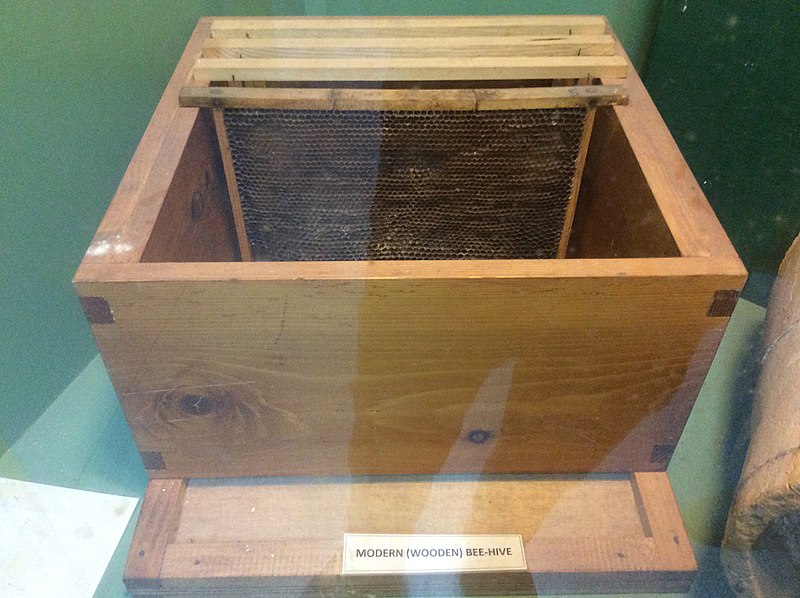
A WOODEN HIVE BOX from Wikimedia under CC4.0 License
1. SELECTION OF GOOD WOOD:
The first step is to select a good type of wood that is free from knots, where the joints will go and make sure the wood to be used is straight.
The Macrocarpa wood (a tree of species of cypress which is a native of California) is advisable for use because it is naturally protected from the elements. Never use treated timbers in your hive.
2. PLANING THE WOOD:
The second step is to plane the woods to ensure the woods are of the same thickness. This ensures that the joints have no gaps, which is important in keeping out the wind and reduces spaces for the evil wax moth to lay their eggs.
3. CUTTING OUT THE MAIN PARTS OUT THE WOODS:
The main parts of a hive are the sides and the front and back. Cutting the woods to standard sizes for the hive we have the length of 405mm for the front and back and 485mm for the sides. For the height we make the measurement 238mm for a full depth, 185mm for a three quarter depth and 133mm for a half depth. It is important that parts of the hive are of the same height so you don’t have gaps when used with other boxes.
4. BEING AWARE OF DIRECTION OF THE HEARTWOOD:
The moment the wood warps, it will bend away from the heartwood (Definition of Heartwood as defined by Merriam-Webster is “the older harder non-living central wood of trees that is usually darker, denser, less permeable, and more durable than the surrounding sapwood”). The heartwood shouldn’t be facing the inside of the hive box, because any warping can cause the corners of the board to pull screws or nails out and this could lead to openings in the hive box and a possible entry point pests, such as German wasps.
5. CUTTING OUT THE BOX HANDLES:
The handles are important on a hive box so as to make lifting of the box hive easier. A full sized box can weigh up to 40 kg when it is filled with bees and honey. Plunges or drop saw are used to cut the handles.
6. CUTTING THE SIDE AND TOP SLOTS:
The side groves form one half of the rabbet joint to which the sides are attached. The frames sit on the frame groves. The measurements for the joints are 10mm and 13mm for the frame grove.
7. ASSEMBLING THE HIVE BOX:
It is important to assemble the parts uniformly. The box needs to fit with the other parts of a standard langstroths hives. Galvanised screws are used to make it last long and make it attractive. Though screws may be more expensive than nails but using screws will make it easier to disassemble the box in the future, if you need to perform a repair.
8. PAINTING THE HIVE BOX:
This is the final step. It involves the oiling of the box to provide another layer for protection, boiled linseed oil is advised. This act brings out the different shapes of the wood grain which provides a visual guide for the bees. Painting the hives the same is similar to living in a block of houses that all look the same. Drifting can be the cause of disease spread throughout your apiary or lead to some hives having lower population of field bees.
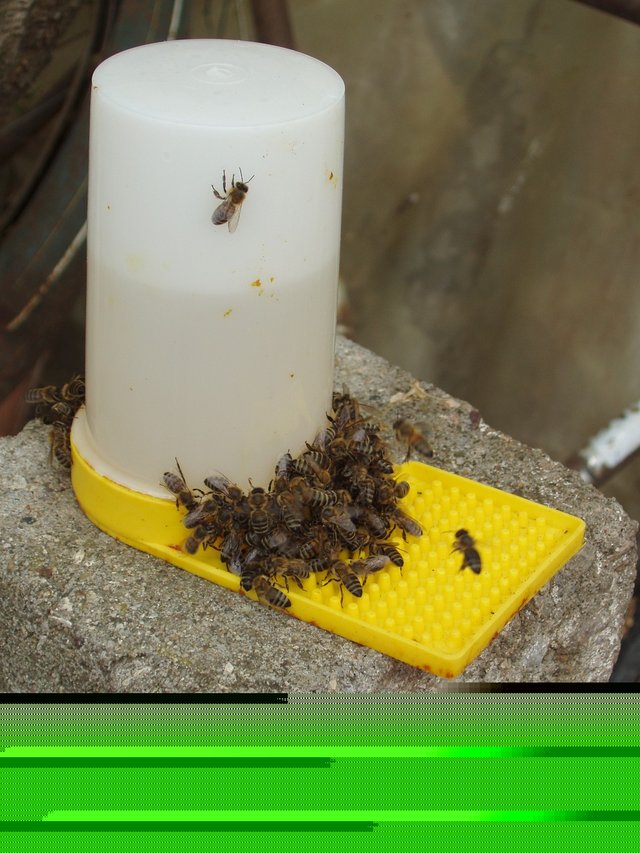
FEEDING BEES WITH SUGAR SYRUP from pixabay.com under CC0 License
Bees in a hive are usually fed with sugar syrup. Sugar syrups are usually made with white granulated sugar and water. Brown or raw sugars cannot be used because they contain impurities.
Sugar Syrup Recipe:
Thick Sugar Syrup: 1Kg of sugar to 630ml of water.
Thin Sugar Syrup: 1Kg of sugar to 1L of water.
There’s no need to boil the mixture but heating the water may be helpful. Stir regularly until the sugar is fully dissolve in water and a very pale straw colour is achieved. If the syrup is kept for a long time then a black fungal growth may be observed. To prevent this, little thymol is added to the mixture.
In Spring, bees are fed with thin sugar syrup same as in summer. In Autumn, the bees are fed with thick sugar syrup. In winter, bees need more water.
The best time to feed a beehive is in the evening. The hive is to be fed when the colony is short of stores and there’s no or little nectar flow.
1. The Bee Pollen:
It is different from the allergy-causing pollen carried by the wind. The bee pollen is the male seed of a flower blossom which are collected by honeybees and mixed with the bees’ digestive enzymes. The Bee Pollen is low in calories but rich in amino acids, proteins, vitamins, minerals, enzymes, beneficial fatty acids, carbohydrates and bioflavonoids which are anti-bacterial, anti-viral and helps in lowering cholesterol, stabilising and strengthening capillaries. The ability of the bee pollen to stimulate organs, rejuvenate the body, enhance vitality and accelerate the rate of recovery makes it a popular tonic used among athletes and sportsmen.
2. The Bee Wax:
Also called beeswax is a natural secretion from wax glands on the sides of the bodies of honey bees and is used as a building block for the bees’ honeycomb cells in which the young ones are raised and honey and pollen are stored. The honey bees feed themselves with honey and huddle together to raise the temperature of the cluster in order to stimulate the production of beeswax.
The beeswax are used in products like skin care products, candles, furniture polishes etc.
3. Propolis:
Honey bees collect sticky resins from trees and after chewing them and mixing them with saliva and other substances, the propolis (sticky glue) is formed. The propolis is an important element of the bee hive because it protects the hive from diseases and help them fight climatic changes such as cold. The propolis possesses anti-bacterial, anti-inflammatory, anti-fungal, anti-viral and anti-oxidant effect and that’s the reason they are recognised for their outstanding value for a wide variety of illnesses. The propolis are also used as ointments for curing cut and wounds.
4. The Royal Jelly:
This is the special food produced by the worker bees from blends of secretions from the salivary glands for the queen bee. It contains high concentration of vitamin B5, B6 and amino acids and is believed to be a potent antioxidant – a special rejuvenating substance that promotes tissue growth, cell and muscle regeneration.
5. The Organic Honey:
They are usually expensive because to be called organic, the manufacturer has to meet a set of very stringent organic standards and conditions during the honey production. It is used for sweeteners and has a lot of medical values.
6. The Mead:
It is called the honey wine. It is known as the first alcoholic drink brewed by men. It has now evolved and expanded its flavours to include fruitd such as blueberry and cherry, malt, as well as various herbs and spices.
With my article, I hope some of my readers are ready to go into Apiculture.
Thanks for reading my article attentively, I hope you enjoyed it.
REFERENCES:
Do you know termites feed on each other’s faeces?
Watch out for the next episode on INSECT FARMING: Producing Edible, Nutritious, Medicinal Insects’ Product for Human Consumption.
If you write STEM (Science, Technology, Engineering and Mathematics) related posts, consider joining #steemSTEM on steemit chat or discord here. If you are from Nigeria, you may want to include the #stemng tag in your post. You can visit this blog by @stemng for more details.

You can also join the ADSactly Discord here
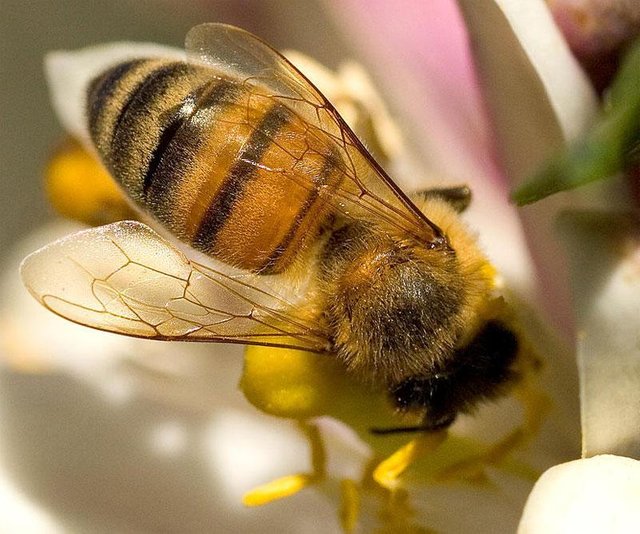
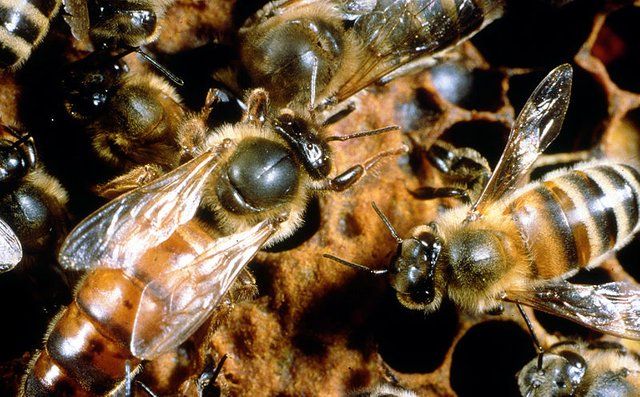
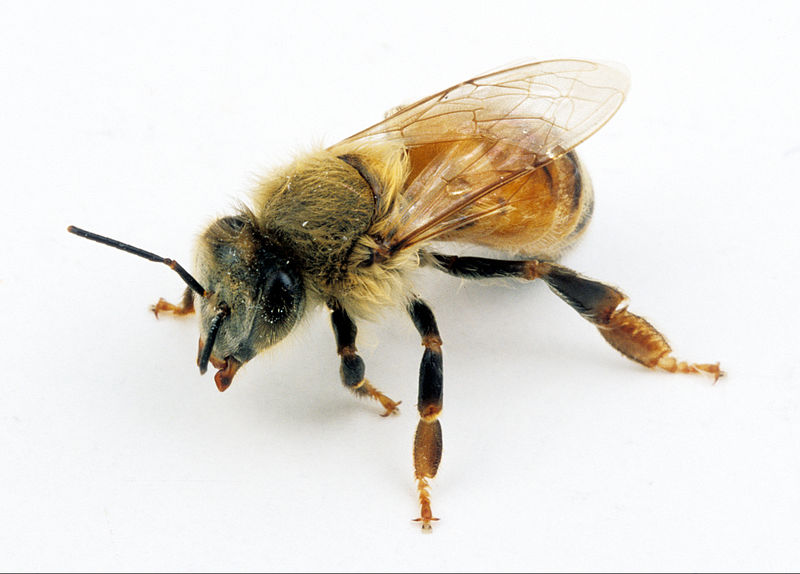
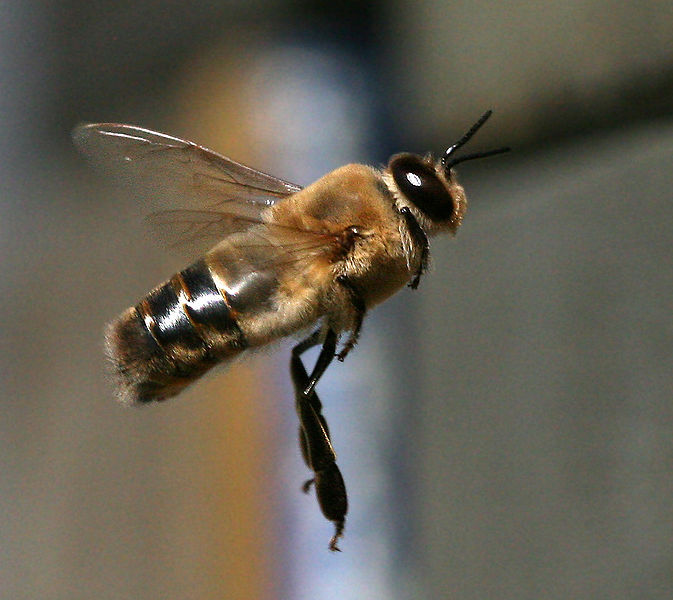
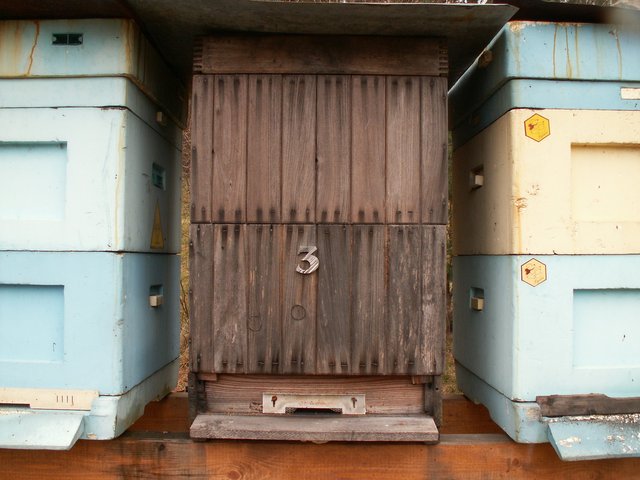
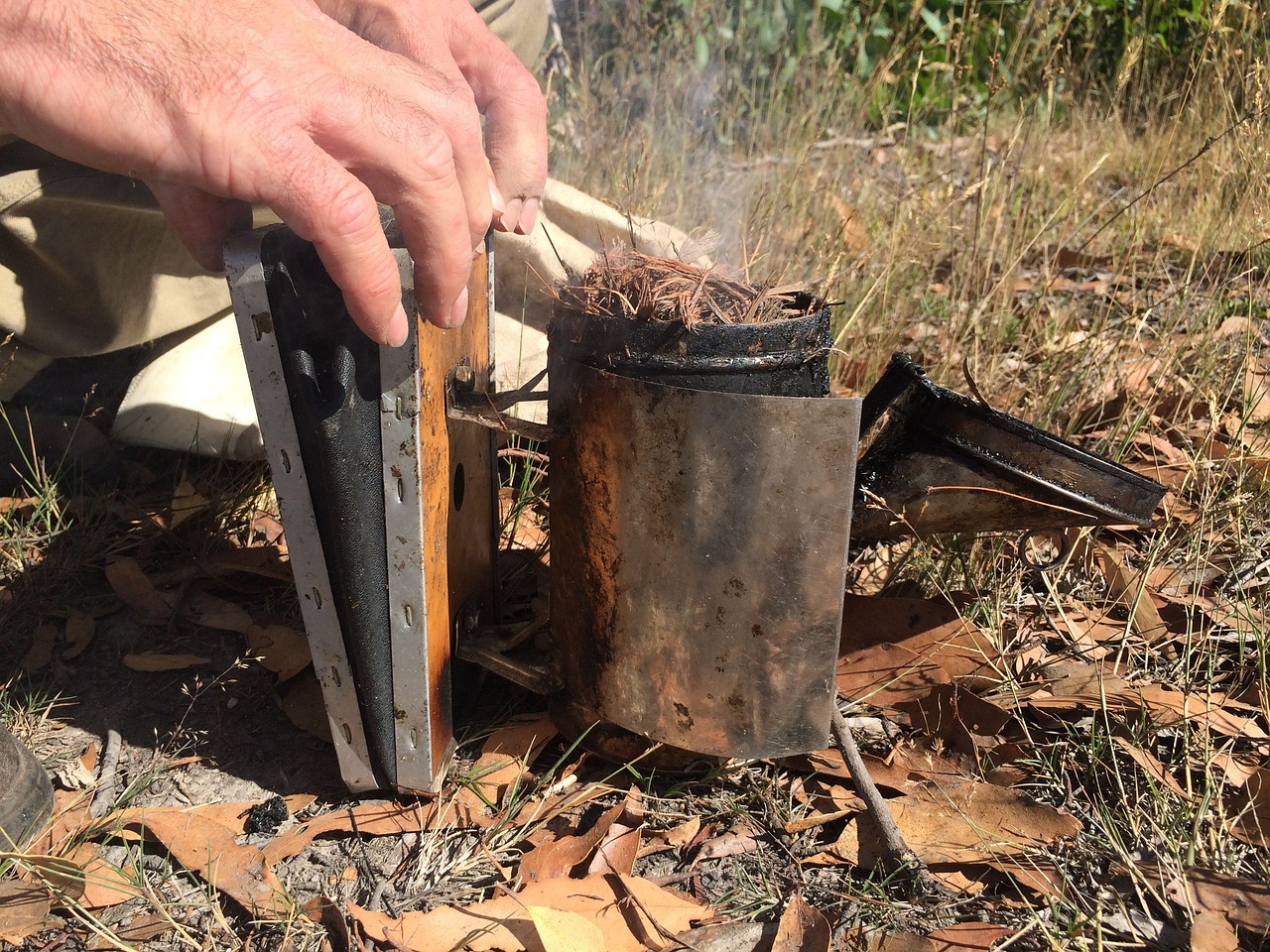
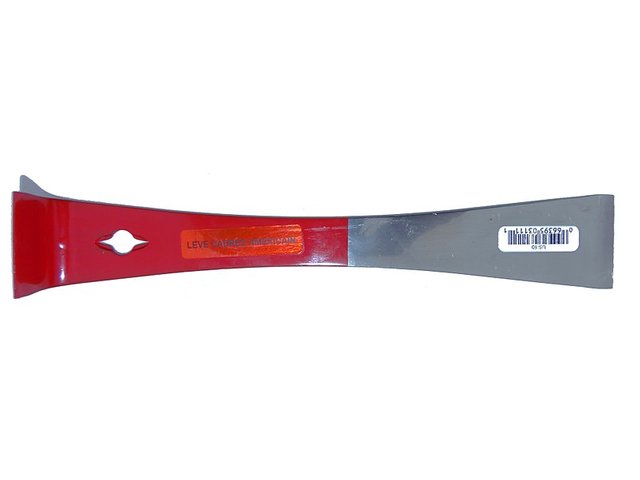
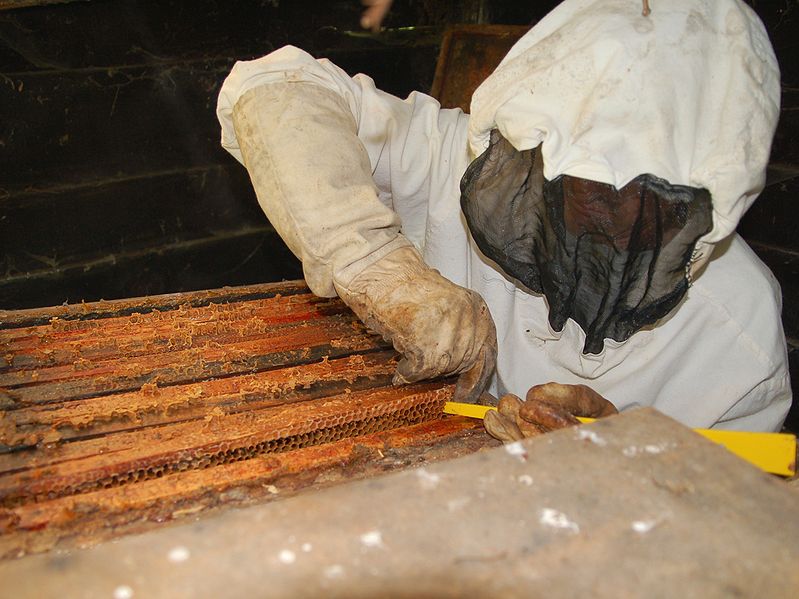
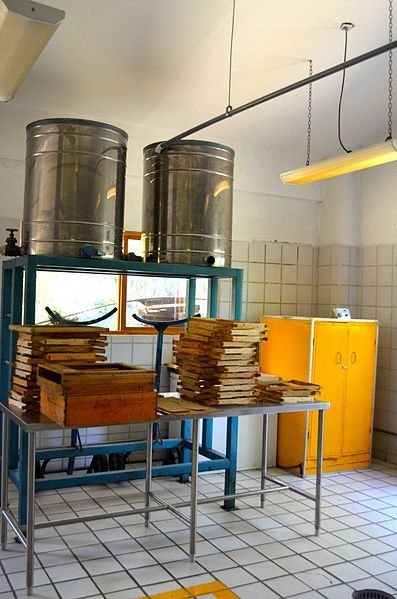
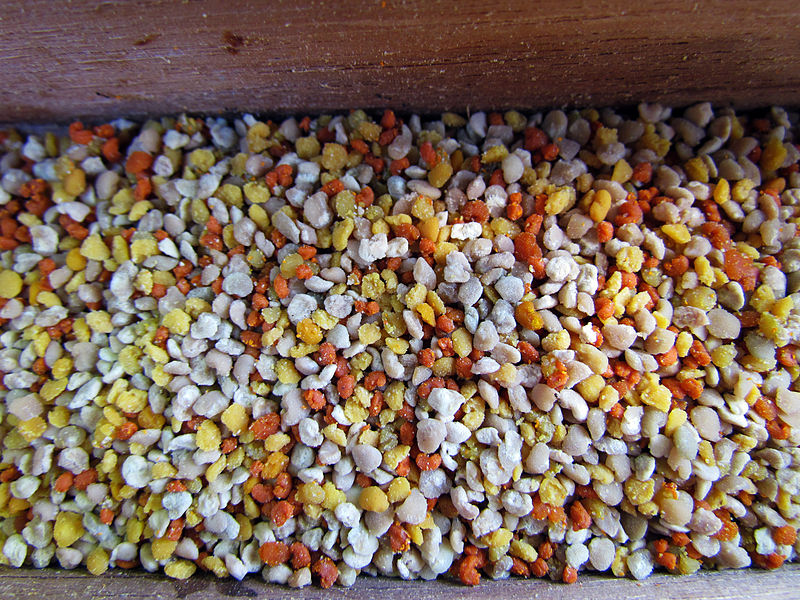
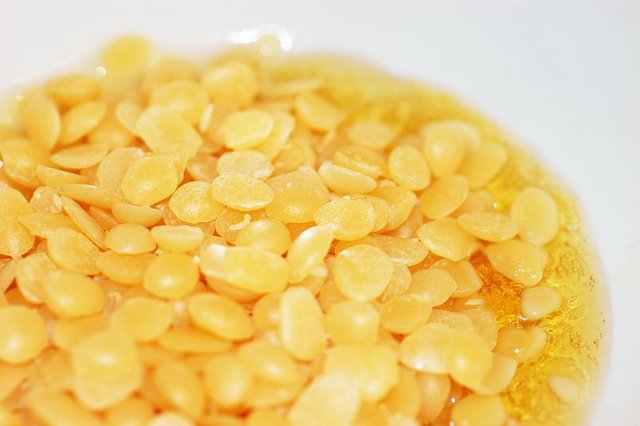
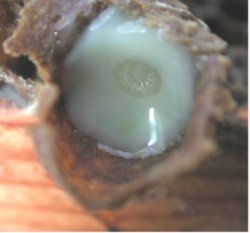
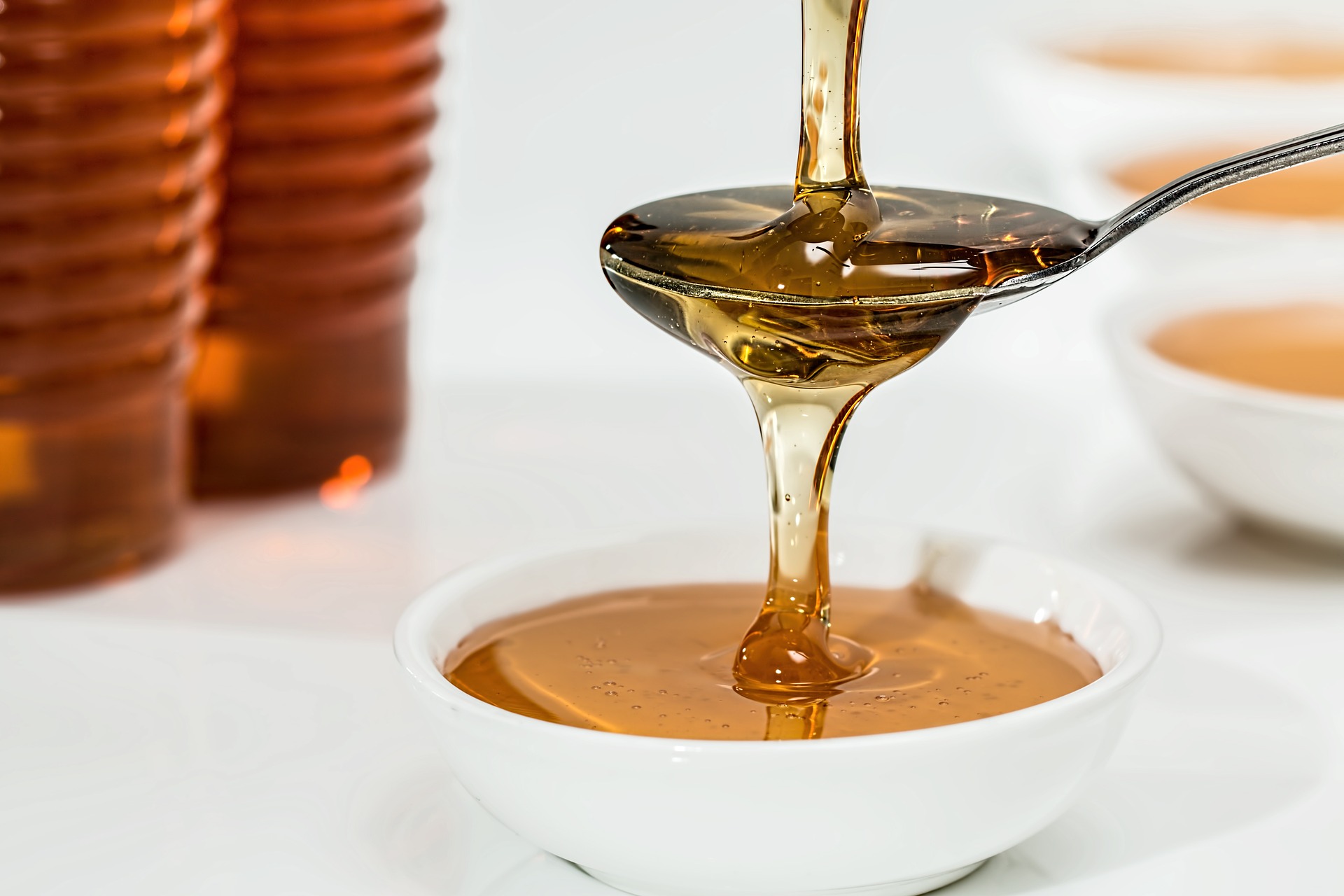
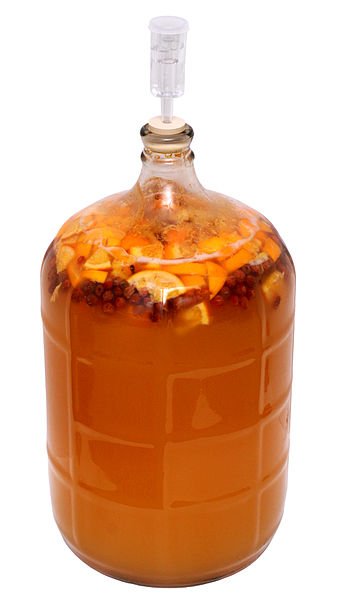
Good to have been educated more about the bees
Nice write-up you've got here. Kudos!
Thanks bro.
Although apiculture has its risks, it's a very good agricultural prospect.
Nice one bro. It's nice to learn about bees.
Thanks for reading through my article sir. And don't worry the bees won't bite you
I hope oh
A good one from you @h-max. This is a comprehensive article on bees. I learnt quite a lot. I must say the Bees' live style is kinda unfair. It's like everyone lives for the queen bee. The workers don't live long and the drones are murdered after donating their juice😁😁.
Well that's how nature has designed them. The good thing is that they are important in the ecosystem as they help in crop production by pollination. However it's sad that some species are becoming endangered.
Thanks for spending your time to read my Article. Remember this is just the first episode to a series of articles I'm writing.
Hello @h-max,
You wrote:
This is the special food produced by the worker bees from blends of secretions from the salivary glands for the queen bee. It contains high concentration of vitamin B5, B6 and amino acids and is believed to be a potent antioxidant – a special rejuvenating substance that promotes tissue growth, cell and muscle regeneration.
They are usually expensive because to be called organic, the manufacturer has to meet a set of very stringent organic standards and conditions during the honey production. It is used for sweeteners and has a lot of medical values.
We found:
Hailed as "one of nature's best kept secrets" by Royden Brown, author of the Bee Hive Product Bible (Avery, 1993), this royal food contains an extraordinarily high concentration of vitamins B5, B6, and amino acids and is believed to be a potent antioxidant and a special rejuvenating substance that promotes tissue growth, muscle and cell regeneration. It is taken as a health and energy tonic and natural remedy for a host of ailments Source
You may be blacklisted if you continue to copy, paste, or reword every word of other people's contents. Thank you.
Nice one, I thought honey (the only food that doesn't spoil) was the only thing that could be gotten from them. By the way, is it true that bees can't "see" you if you don't move?